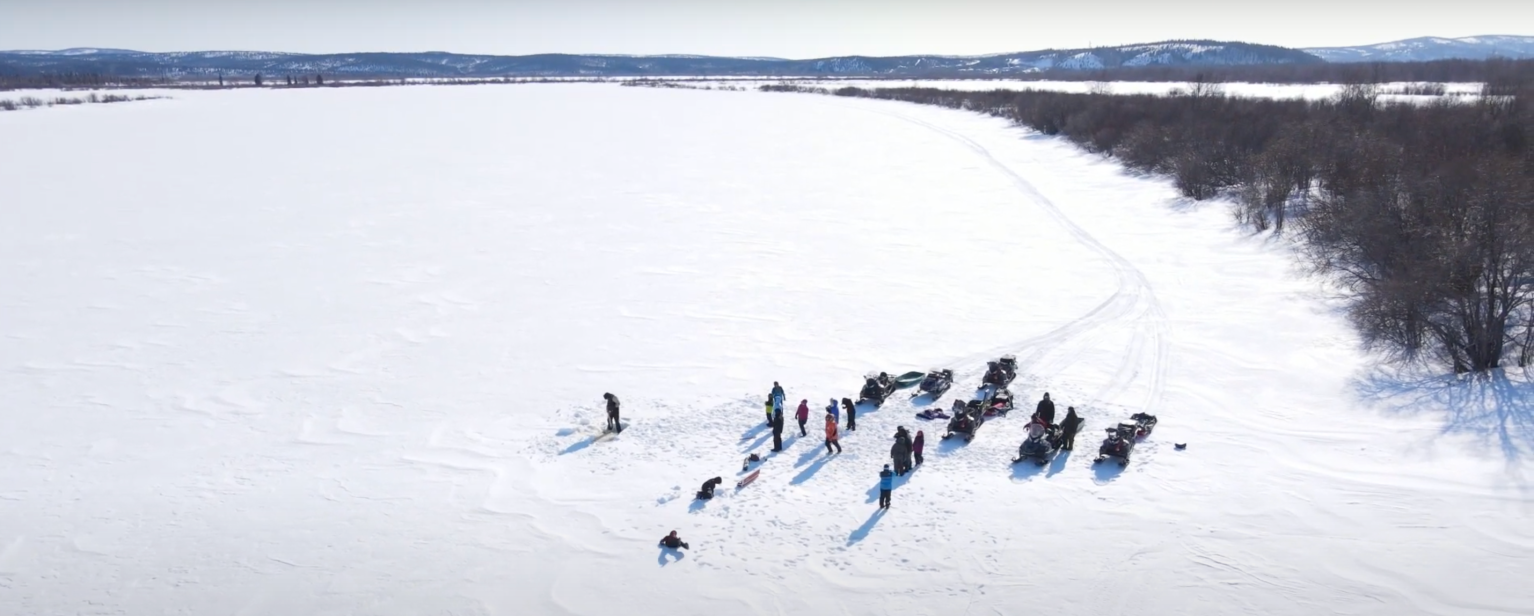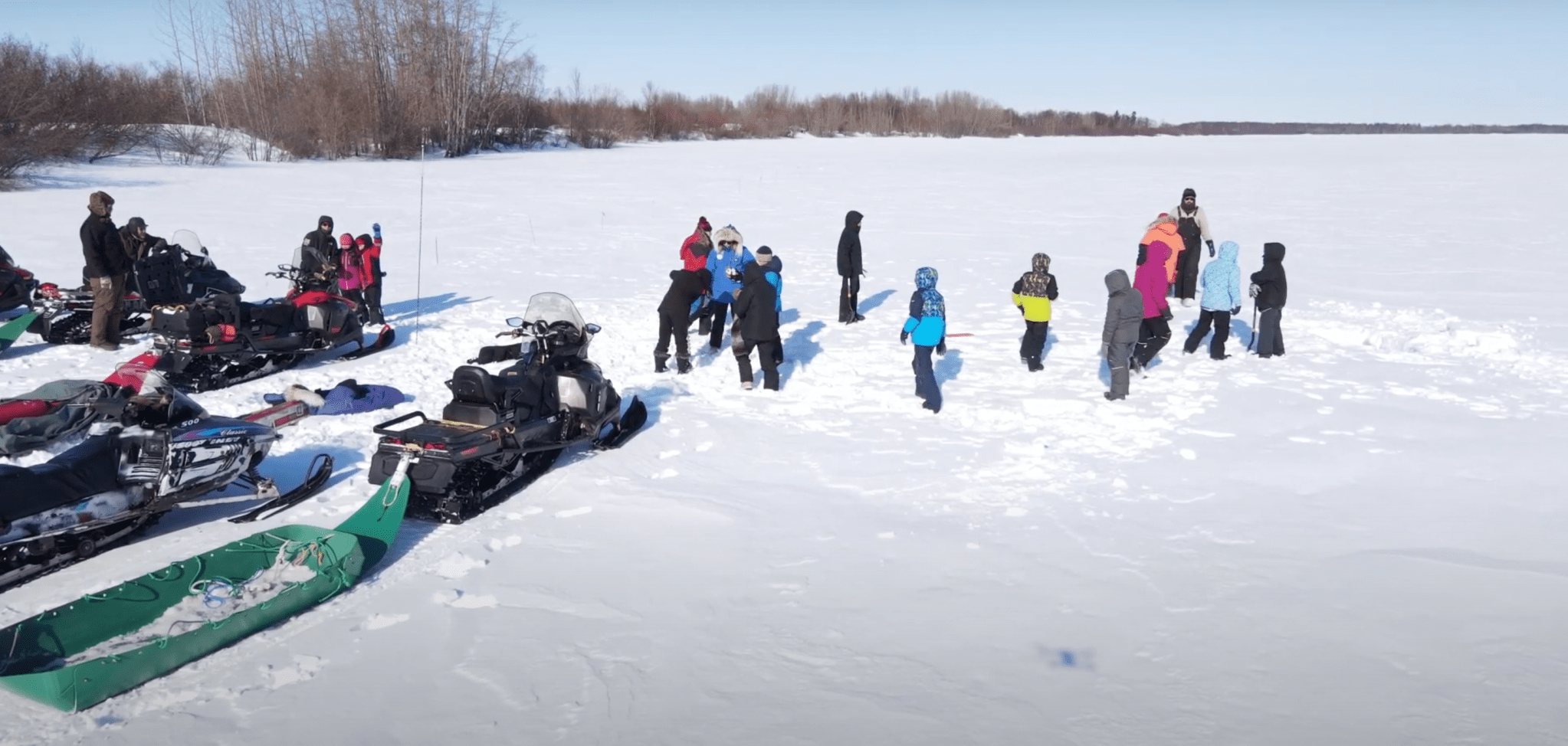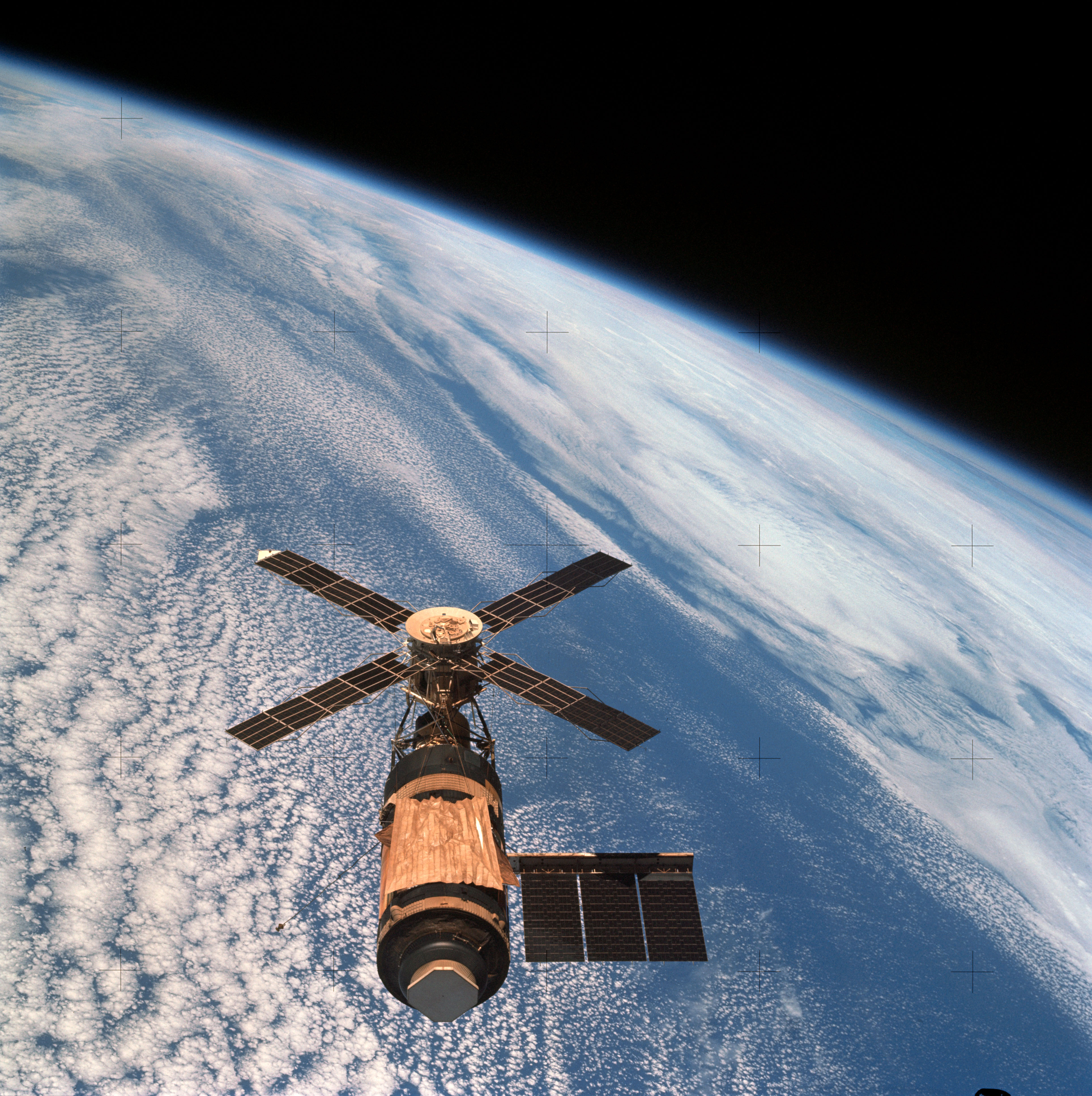Going the Extra 500 miles for Alaskan River Ice
Teachers and students in remote Alaskan villages have become vital NASA climate researchers. These special volunteers are so important that last year, climate scientists took an epic 550 mile snowmobile journey to collaborate with them! You can learn all about it in a new video from the Fresh Eyes on Ice project. The researchers stopped at several remote […]

Going the Extra 500 miles for Alaskan River Ice

Photo by Amanda Byrd, UAF
Teachers and students in remote Alaskan villages have become vital NASA climate researchers. These special volunteers are so important that last year, climate scientists took an epic 550 mile snowmobile journey to collaborate with them! You can learn all about it in a new video from the Fresh Eyes on Ice project.
The researchers stopped at several remote Alaskan villages, where teachers and students at the local schools already understood why this work was so crucial. When you drive over ice-covered rivers every day—as many Alaskan residents do—tracking ice thickness is no joke. Neither is climate change.
“We knew that climate change was happening around us.” explains Joyanne Hamilton, a teacher whose students worked with the team. “Our elders here in Shageluk were talking about changes that were happening….the data they’re gathering is ultimately important to the tribe.”
The new video features Hamilton, her students, and Fresh Eyes on Ice researchers Dr. Chris Arp, Allen Bondurant and Sarah Clement. It follows their journey along the Innoko, Kukokwim and Yukon Rivers and the Iditarod Sled Dog Trail.

Do you live in Alaska or elsewhere in North America where ice forms? All you need to help out is a smartphone and NASA’s GLOBE Observer Landcover app. Your photos will be used in near-real time by river forecasters to help predict spring ice jam flooding, and by scientists to understand how ice timing and extent is changing. Join Fresh Eyes on Ice here!





































